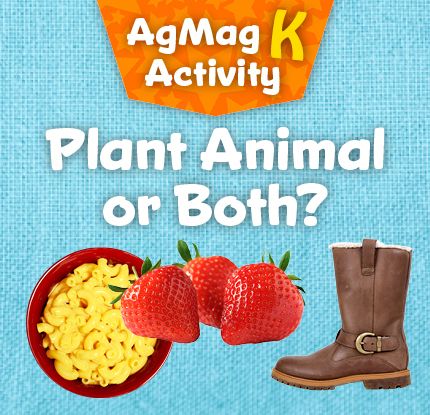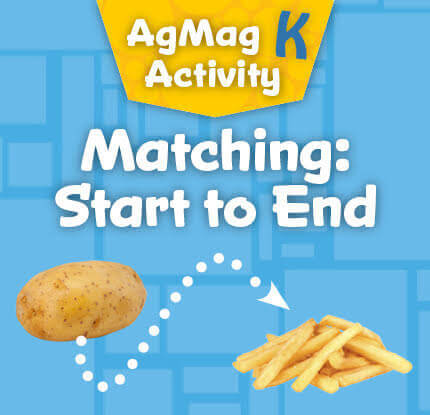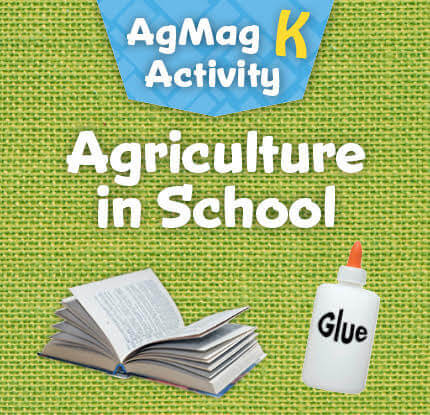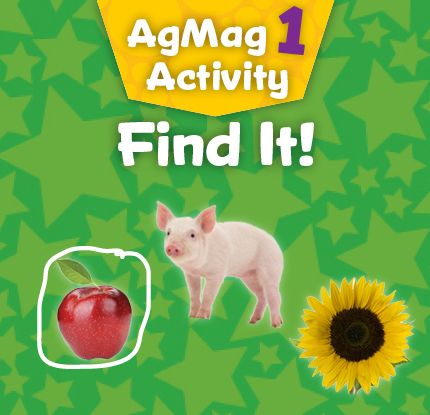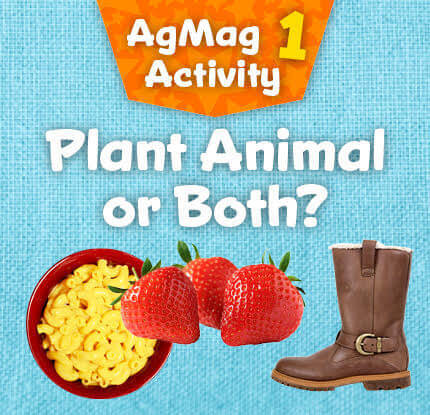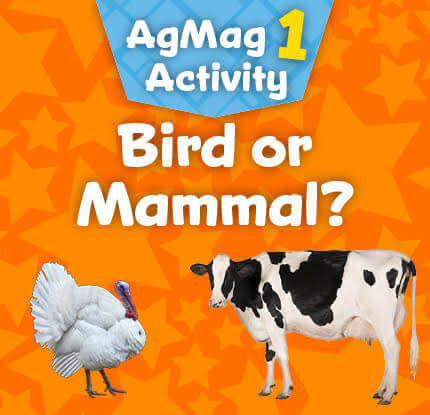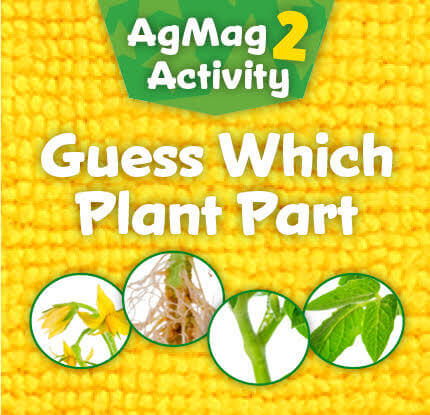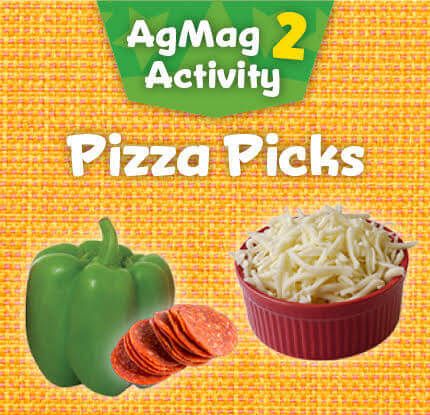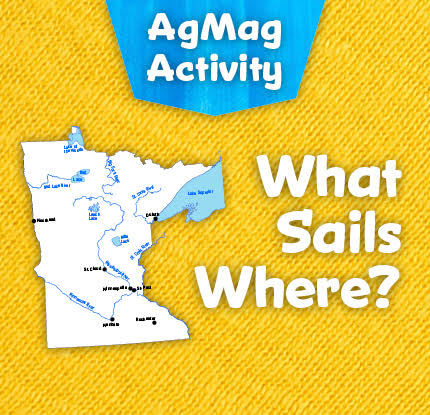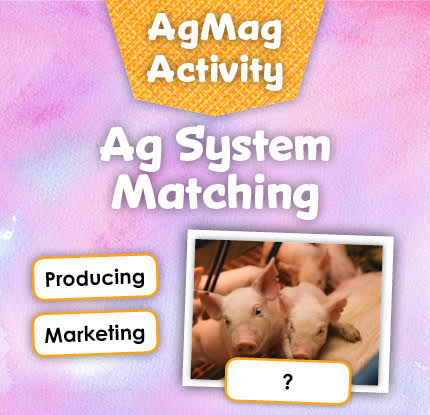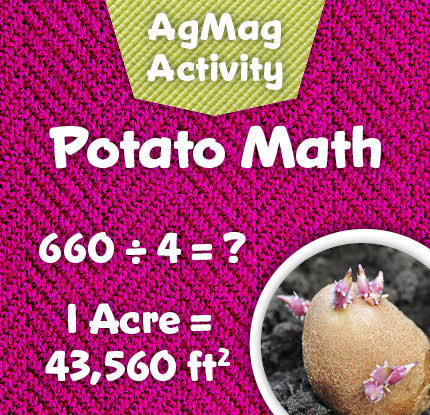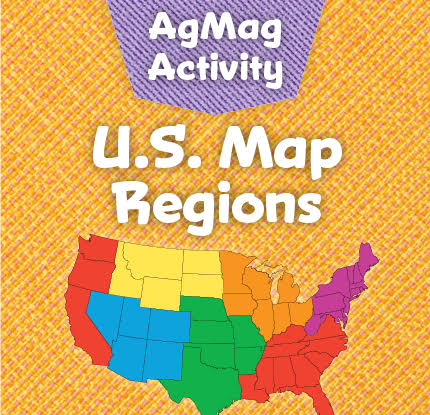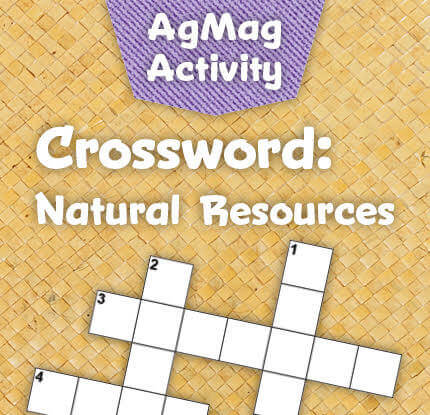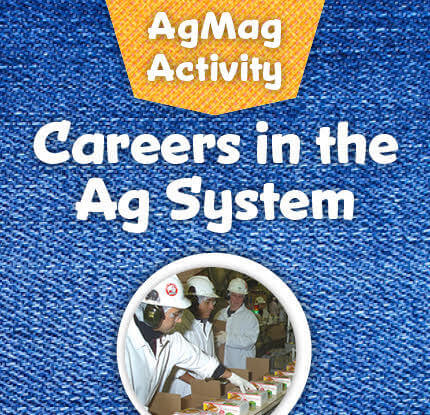Farmers Taking Care of Natural Resources
Now that you know how important water, soil, and air are to farmers, you can see why it is important to take care of them. Farmers everywhere continue to learn more about ways to keep our natural resources in good shape so they can continue to provide us with the agricultural products we need and use every day.
Meyer Dairy



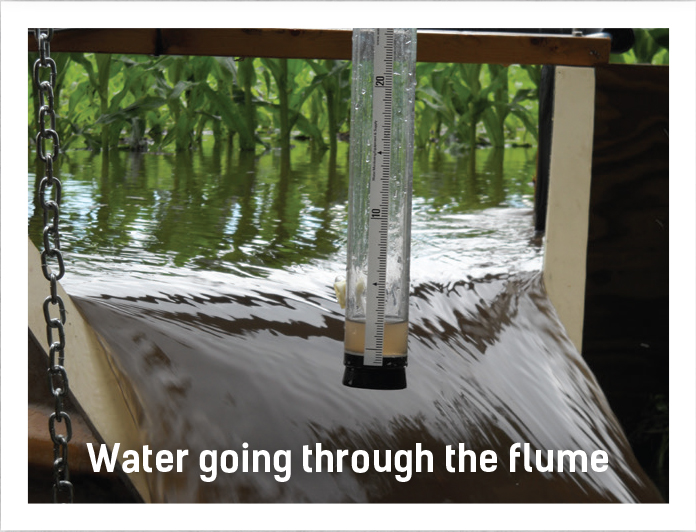
In Minnesota, there are farms that do research to learn how to protect water on farmland. These projects are called Discovery Farms Minnesota. Meyer Dairy, in Stearns County near Sauk Centre, is a Discovery Farm with a weather station and water monitoring station ("flume") on the edge of one field to test water quality and monitor runoff. Runoff is water that moves so fast that the land cannot absorb it. The runoff on the surface is directed through a flume. The flume may be made of wood, concrete, or hard plastic. The runoff that goes through the flume is measured and sampled for sediment and nutrients. They learned that the timing of weather events has an impact on runoff. For example, a large rainstorm during planting season can cause a high amount of runoff because no crop is yet rooted in the field. When runoff occurs, it can erode the soil. It can also move pollutants across the land and into other water sources. Understanding when and how the water moves helps farmers and scientists learn how to manage runoff. "Through the Discovery Farms research at our farm, we have proven that farmers have been and will continue to protect water and soil quality," said Tara Meyer.
Little Timber Farms
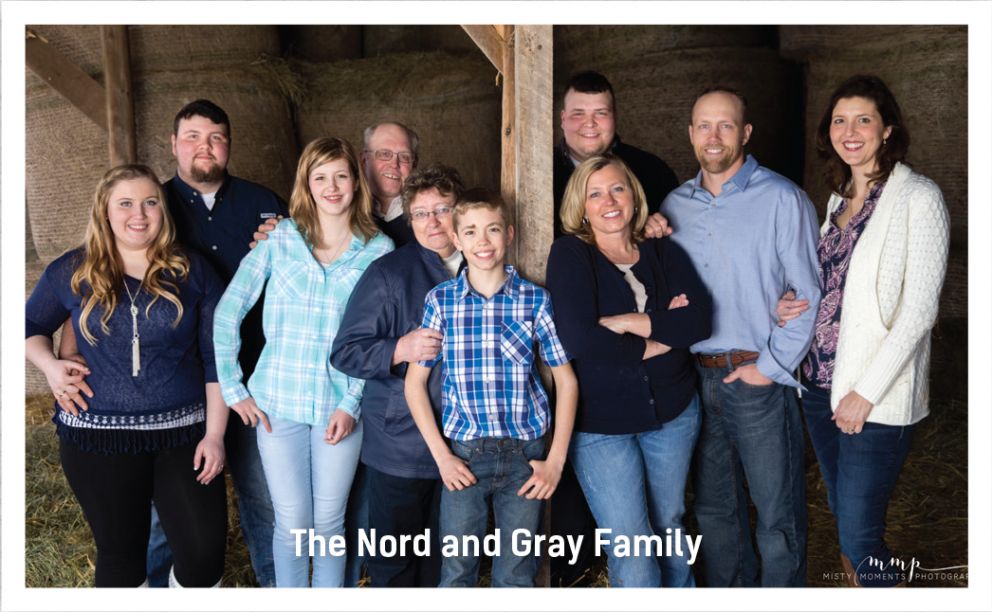

Cattle drink fresh water from tanks in each rotational grazing area instead of using streams, rivers, or ponds. This helps the rivers and streams stay clean, and the cattle be healthier.
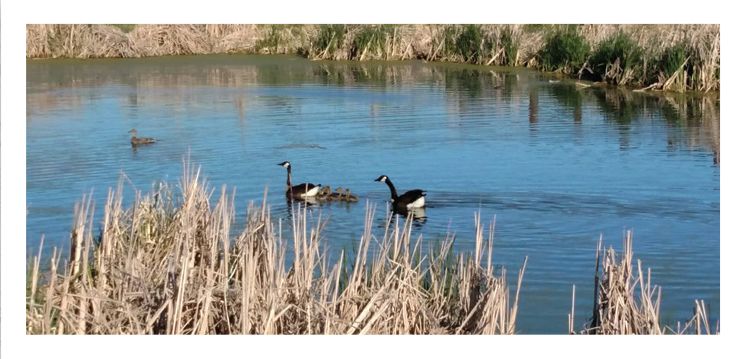
Area set aside for wildlife
Little Timber Farms, owned and operated by the Nord and Gray family, raises cattle in Beltrami County, near Blackduck. They are a part of the Conservation Stewardship Project. They work to make their farmland healthier by using rotational grazing. This means that rather than cattle eating grass in the same field all the time, they move the cattle from place to place, giving the soil time to rest and replenish its nutrients. Then the soil will grow better-quality grass that is more nutritious for the cattle. The farmers also plant many pollinator plants to attract bees and butterflies that are beneficial to farms.
The farm works with the Natural Resources Conservation Service (NRCS). The NRCS sends technicians to the farm to help the farmer learn what can be done to improve things like water quality, animal habitat, pollinator plots, and even help with soil problems. Some of the things they have farmers do include planting trees for windbreaks, making sure fences are marked with special noisy reflectors so animals can see them, and even creating areas for ducks and geese. "Farmers are concerned about making sure their farm is there for generations to come, and having a well-thought-out conservation plan makes that possible," said Rachel Gray, Little Timber Farms.
Both Discovery Farms and the Conservation Stewardship Project help farmers make the land and water better for them and for future generations of farmers.
Farm Conservation Practices
Farmers today have many different ways to protect the land. Here are a few:
- Crop and pasture rotations. This means farmers do not plant the same crop in the same place each year, or let their livestock graze in the same pasture all the time. By moving the crops and livestock around, it keeps the soil from being depleted of nutrients. It can also help cut down on insect populations that are pests.
- No-till. This is used to help keep soil from eroding by not disturbing it more than necessary. For example, instead of plowing all the dried cornstalks and leaves into the soil, the farmer allows them to remain on the ground until it is time for the next planting. That way the soil does not blow away or wash away with rain.
Think and Discuss
1. What are some reasons for runoff?
2. What happens if runoff is not controlled?
3. Why is it valuable for farmers to raise plants that attract pollinators?
Time-Lapse of Rain Storm




